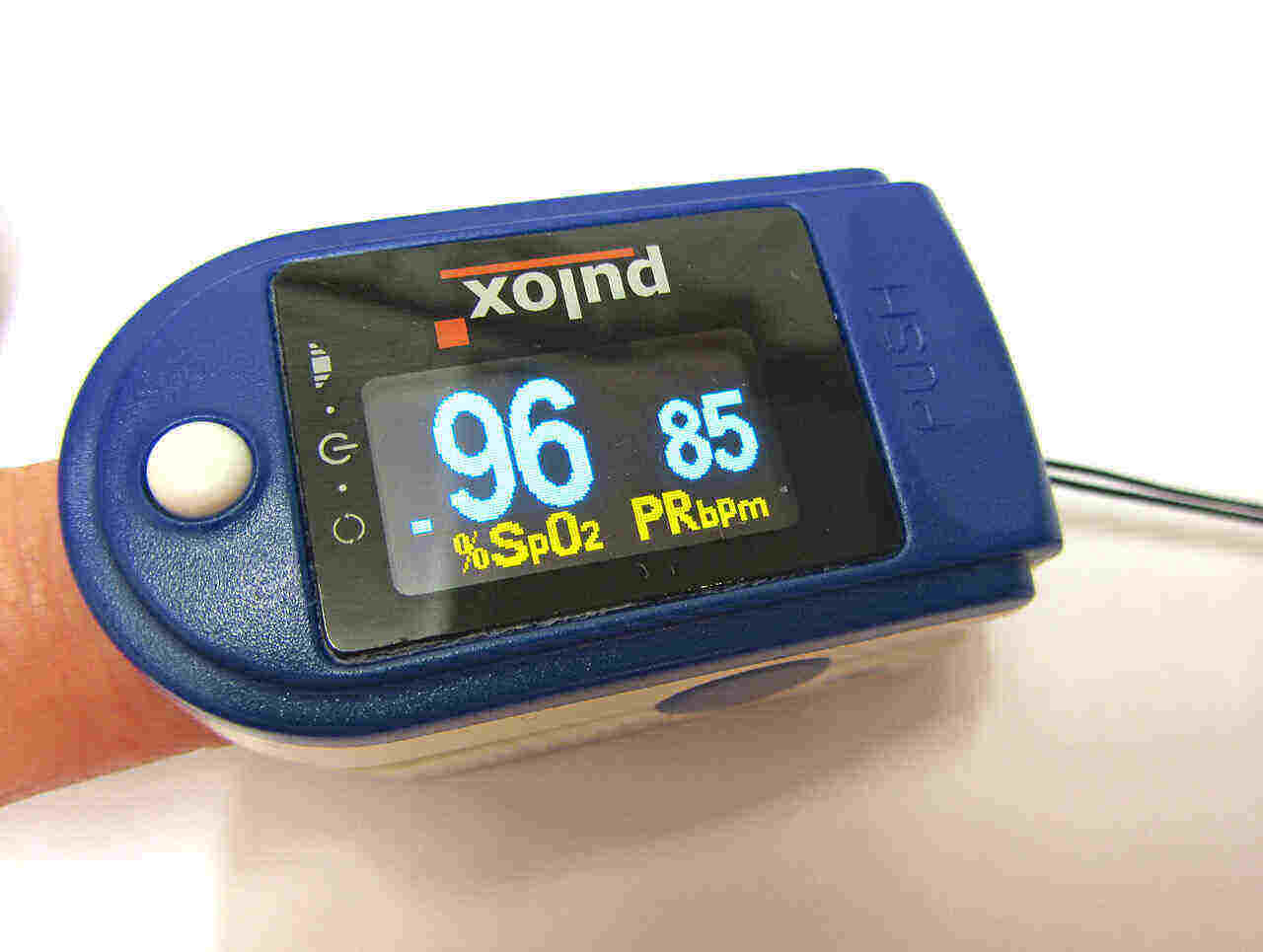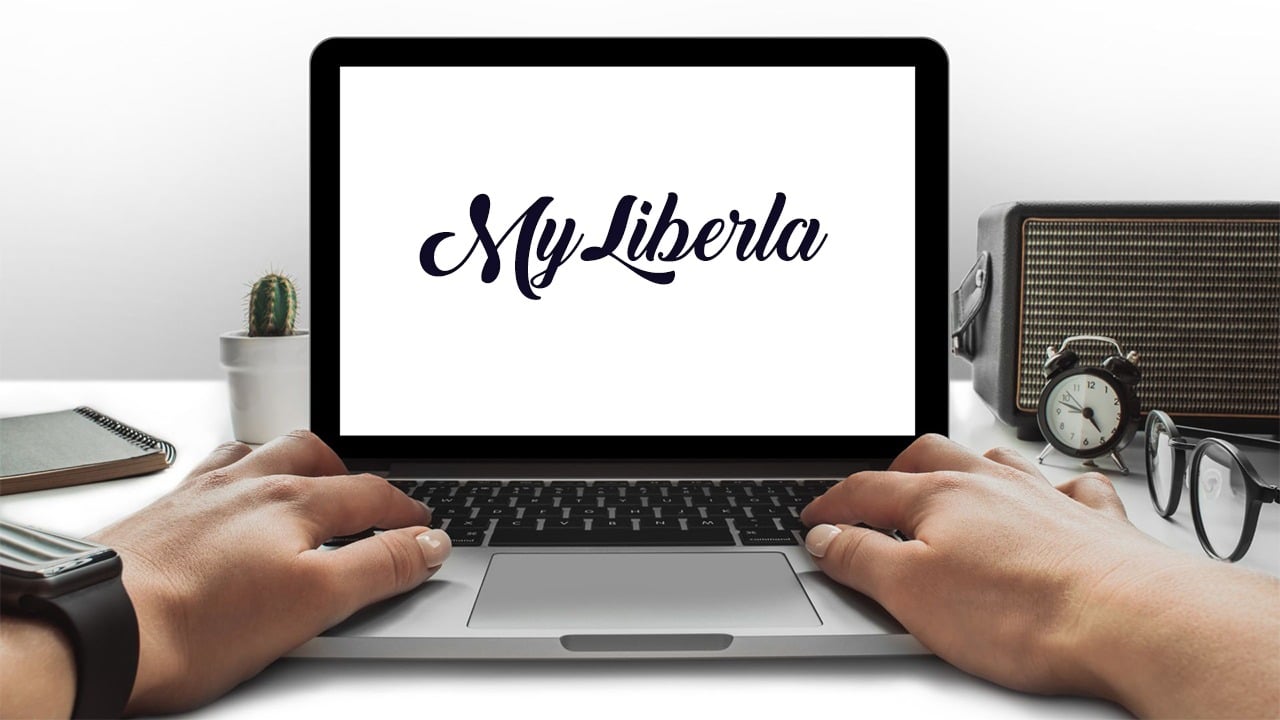Do you know what a pulse oximeter is? Do you the necessity of a pulse oximeter during this Covid-19 pandemic? Here we are letting know everything about it. Keep reading!
Silent hypoxia is a condition in which COVID-19 patients have dangerously low blood oxygen saturation levels but show no other COVID-19 symptoms or dyspnea, making the underlying danger difficult to detect. The pulse oximeter, a non-invasive gadget that measures arterial blood oxygen saturation and pulse rate, can help patients monitor their symptoms at home and seek medical attention sooner rather than later. It’s been in high demand recently, despite the fact that determining whether you’re COVID-19 positive or not isn’t always accurate. However, if the pulse oximeter measurement is abnormal, you should visit a doctor.
What is a pulse oximeter and how does it work?
It calculates oxygen saturation levels using light. On the upper side of the probe is a light source, and on the lower side is a light indication. When you place your finger on the probe, a portion of the light is absorbed while the remainder is not. The amount of light absorbed is determined by the physical qualities of the material. The pulse oximeter uses these to determine the oxygen saturation. The World Health Organization (WHO) recommends that oxygen saturation (SpO2) be between 95 and 100 percent. If the rate is less than 94 percent, the person should be treated right away. A clinical emergency occurs when oxygen saturation falls below 90%. The typical perfusion index (PI) indicates weak to robust pulse strength and ranges from 0.02 percent to 20%.
How accurate is it?
It’s impossible to claim that your oximeter is 100 percent accurate. Because of your arterial blood gas or a mechanical defect, it can show a 2% over or under. Keep that in mind when deciding on an emergency. If your oxygen saturation is 96 percent on a pulse oximeter, for example, it might be anything between 94 and 98 percent. Furthermore, various things may have an impact on the actual reading.
Top 6 Factors that could cause a pulse oximeter reading to be skewed
Nail polish or any form of color on the finger, user movement, intense light on the probe, poor perfusion, and carbon monoxide poisoning, according to the World Health Organization (WHO), can all affect or interrupt a pulse oximeter reading.
Nail varnish: Nail polish colors comprise organic or inorganic pigments that absorb the light emitted by the oximeter, which measures pulse rate. These can operate as a stumbling block in displaying a person’s true oxygenated hemoglobin. To avoid any mistakes, it is always best to remove nail colors. In an emergency, turn your finger sideways.
Henna pigmentation: Henna, on the other hand, is a dark skin pigment that absorbs light at two wavelengths and allows infrared light to pass through. In this situation, the outcome will be flawed.
User’s movement: The pulse waveform can fluctuate if the person using the oximeter has a condition that causes them to move quickly or shiver, or if they move carelessly while checking. The reading will deceive you. To acquire the best results, both the user and the oximeter must be in a stable position.
Bright light on the probe: If light from the probe reaches the sensor directly, it will produce an inconsistent result. It contains soft rubber to screen the probe from light, but it will affect the reading if light shines directly on it or if radiated lights such as infrared or ultraviolet penetrate.
Poor perfusion: The oximeter reading can be incorrect if the perfusion index is at or below 0.4 percent, indicating weak pulse strength. Poor perfusion is caused by peripheral artery disease, diabetes, obesity, blood clots, and other factors.
Carbon monoxide poisoning: Carbon monoxide poisoning causes hemoglobin to glow brilliant red as carbon monoxide molecules rapidly replace oxygen molecules. Because the pulse oximeter can’t tell the difference between carbon monoxide and oxygen, the result is inaccurate. For example, for up to 4 hours after smoking, the reading will be incorrect. People who have recently inhaled smoke from fires or been in a high-traffic area will get erroneous readings.
When using a pulse oximeter, which finger should you use?
For a pulse oximeter, the third finger of the dominant hand has been suggested as the ideal alternative. The dominant thumb is the second choice. If you’re right-handed, this entails using your right middle finger or thumb. For left-handed people, the left middle finger or thumb is used. There isn’t much of a distinction between the fingers. So if you’re using your index finger, that’s acceptable.
Is it necessary to have a pulse oximeter during this pandemic?
“The COVID-19 virus is not detected by a pulse oximeter. It solely reveals variations in blood oxygen saturation, regardless of the reason. The pulse oximeter, on the other hand, is useful for monitoring oxygen levels at home, as lowering oxygen saturation is a sign that Covid-19 is present.
Apart from this, you can also read entertainment and Tech articles here: Google Pixel 5a Review, NBA Stream XYZ, CCleaner Browser review, Avocado Calories, Bear Grylls net worth, Rihanna net worth 2021, Dry white wine, Highest Paid CEO, The 100 season 8, Sundar Pichai net worth, Legacies Season 2, Grimes net worth, Oscar Isaac height, Arnab Goswami Salary, Bhushan Kumar net worth, Prabhas wife name, Konosub season 3, Good Omens season 2, F95Zone, how to change MSI keyboard color, Microsoft Office Suite, how to block subreddits, How to Share Netflix Account, how to change Twitch name, The Last Airbender 2, Sherlock Season 5, Homeland cast, Now you see me, Love Alarm season 2, Young Justice season 4, Shield Hero season 2, Salvation season 3, the feed season 2, Taboo season 2, Jack Ryan season 3.








































